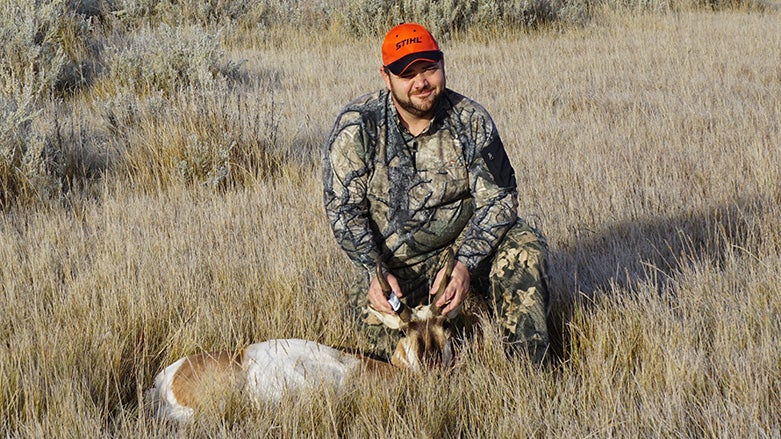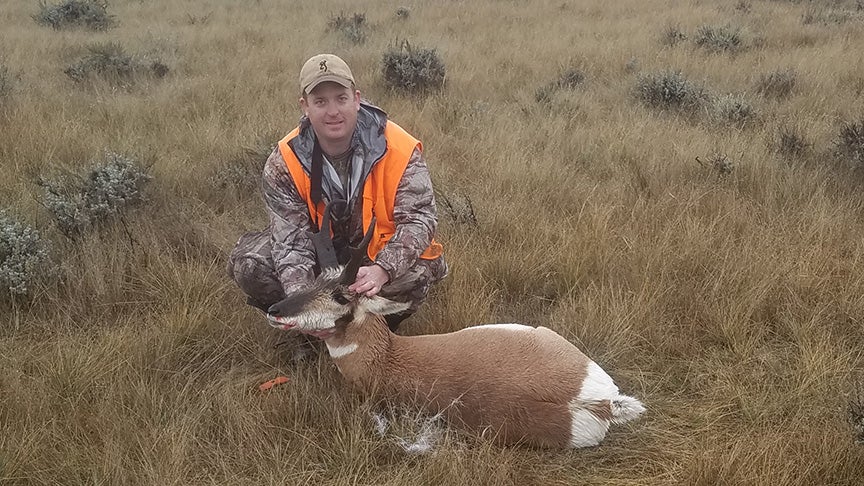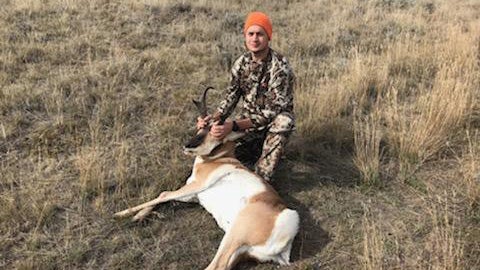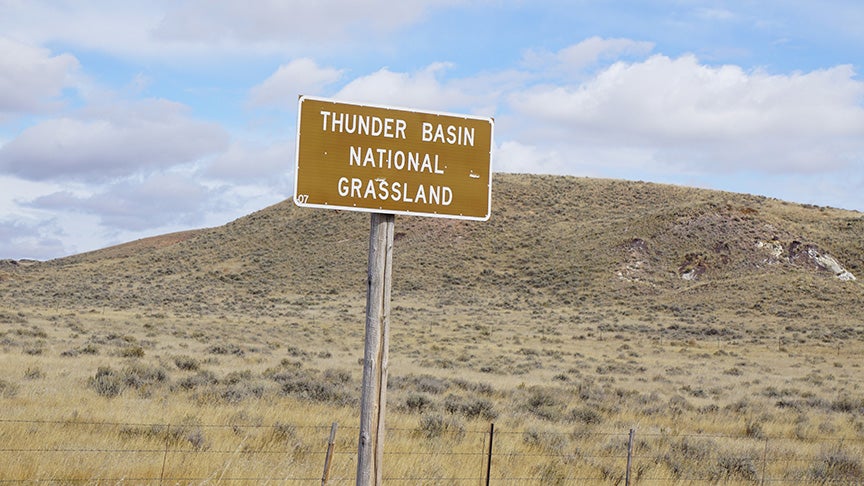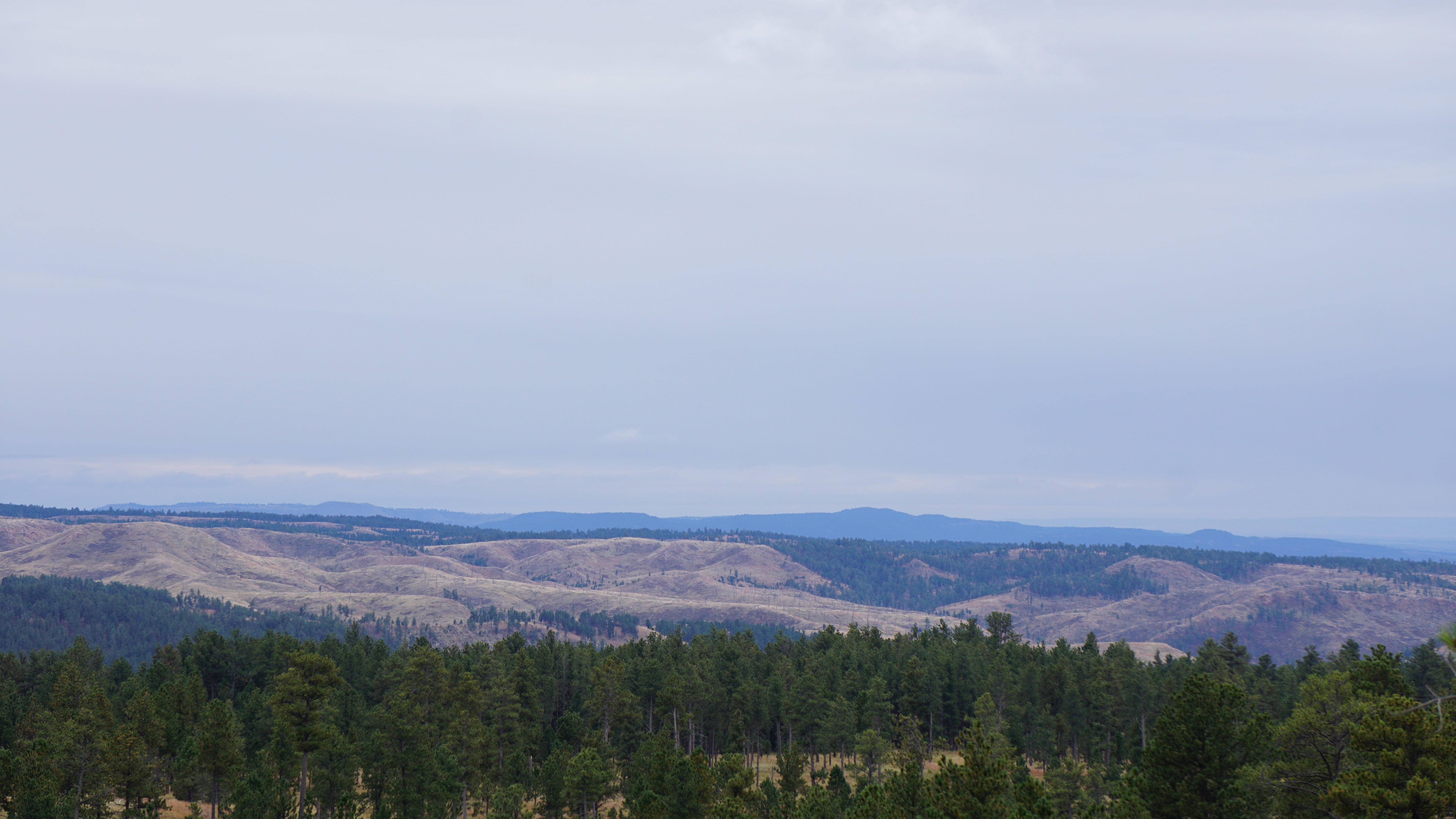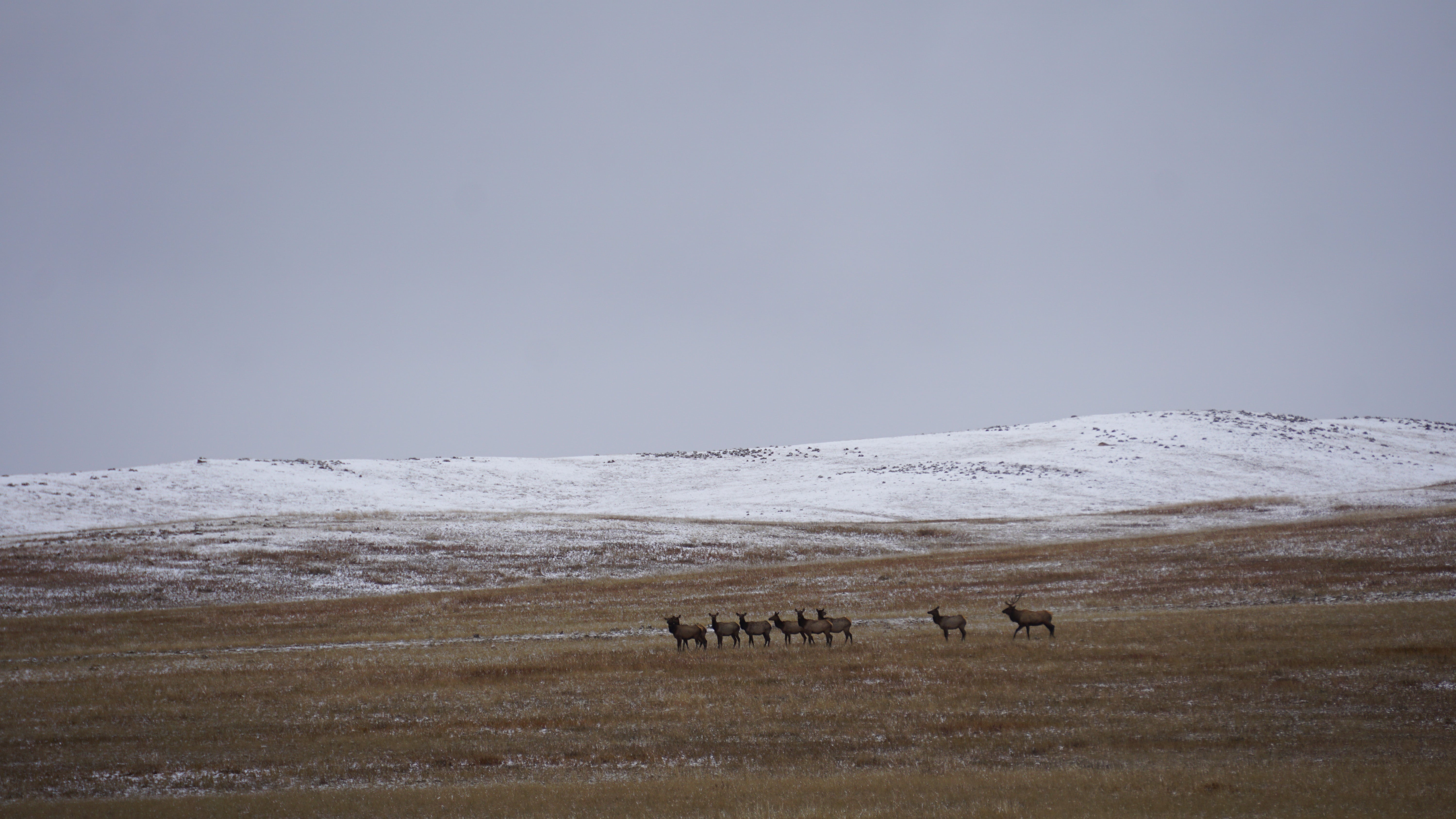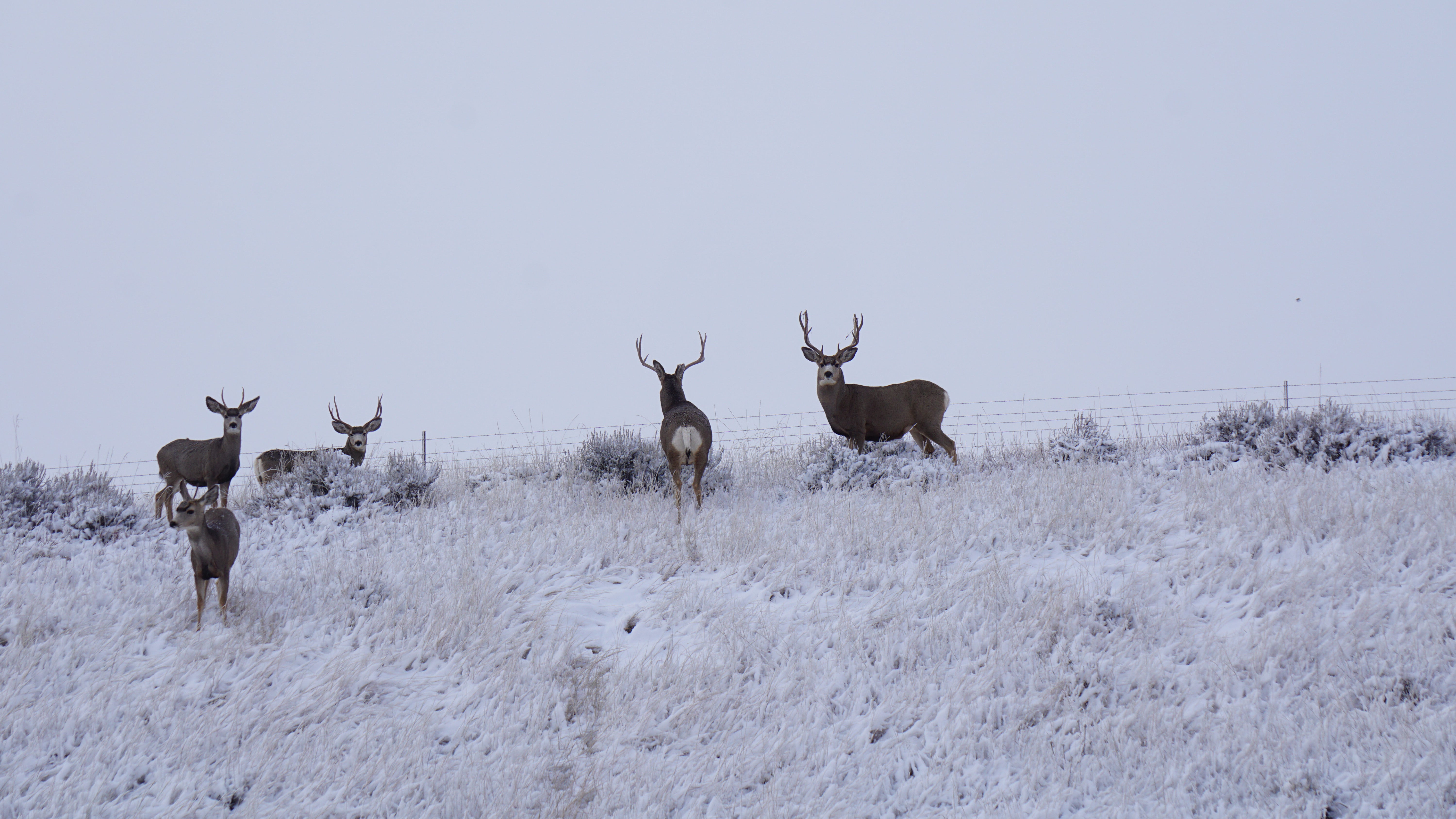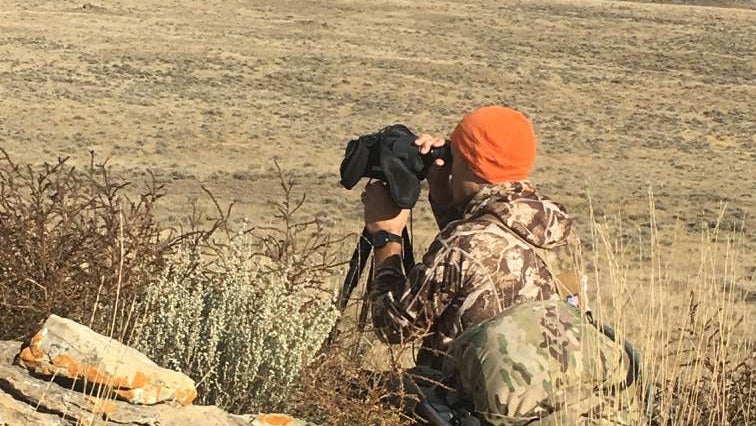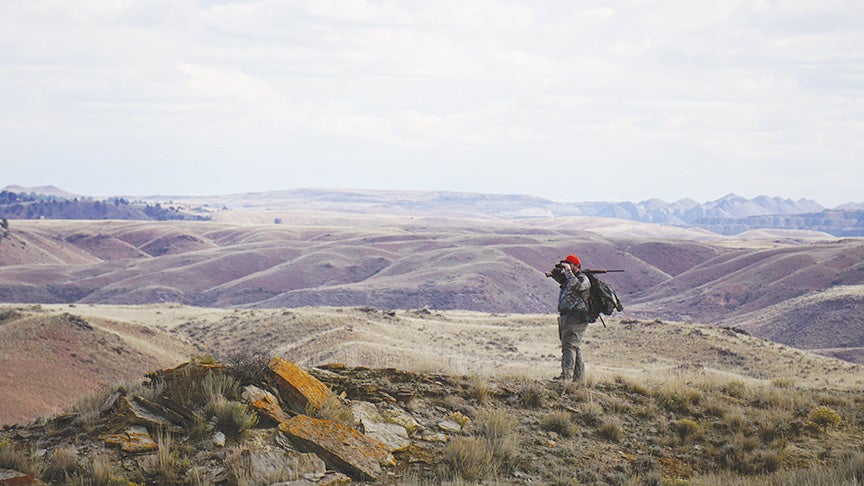In pursuit of pronghorn — Brookhaven attorney hunts the grasslands of Wyoming
Published 8:05 pm Tuesday, November 13, 2018
T
he radio in Josh Watts’ truck said 4:11 am when I got in.
We had packed our gear into the back seat the night before; now all we needed was coffee and gas. A long white line running from the north Brookhaven exit to Gillette, Wyoming, would be our guide for the next two days, as we drove to meet our friend Jonathan Nutt to hunt pronghorn antelope.
We had made this trip before, with different endings, to the Wyoming Bighorns and Montana’s Gravelly Range, for elk. The drive was long but filled with such different scenery that it was hardly arduous. Once we hit Wyoming, Josh and I scouted the area we would be hunting first, while Jonathan scouted our second area on his way from Montana.
Sunup of our first morning found us scanning a portion of the Thunder Basin National Grasslands with binoculars, or “glassing,” in search of antelope. Warm coffee steamed against the gray light of dawn, as shadows began to take shape in the sagebrush. The morning was crisp and cool, but not cold. A western prairie sunrise is a sight to behold.
When the sun broke the horizon and the new day began, mule deer and antelope suddenly began to materialize out of nowhere, rising from grass that seemed barely tall enough to hide a field mouse. Minutes later, the young antelope buck spotted us about the same time we spotted him, but surprisingly he did not break and run.
“Hold my coffee!” I said, in a hurried, hushed whisper.
The sight of the crosshairs settled against a tan and white backdrop, the smell of gunpowder warmed my nose, and my first antelope buck tag was filled. The moment was a beautiful blessing, and at the same time bittersweet — part of an adventure planned for months and years was over before my coffee got cold.
The same had not been true of the bull elk the previous year. Many cold days and colder nights, and long hikes, had gone into that moment, along with cases of altitude sickness. Later, reflections upon previous trips made me realize the struggle of the pursuit was my gain, and at that moment I felt the antelope was owed more than was given.
After tagging, we happily carved meat from the animal and began packing it to the truck, where it was immediately placed on ice. Later in the morning, after hiking a few miles and relocating a few times, we spotted a small herd of antelope bedded on land belonging to the Federal Bureau of Land Management, or BLM. Using GPS maps showing property boundaries and ownership, we were able to confirm the herd’s location was in the middle of open public land. A short time later, we saw that a mature antelope buck was bedded with the herd, but the stalk was cut short when the lookout doe’s keen eyesight found us in the grass, and she bounded off.
As had happened earlier, the buck stood and began to walk, but did not take flight. When he stopped and looked back, Josh filled his tag.
After the meat was on ice in the cooler, we began searching for Jonathan’s buck. We drove county roads to look at BLM land and walk-in hunting areas, but did not locate another promising spot until Josh found one last location in the vicinity we had not considered.
When we arrived, the spot was not much to look at. Even with binoculars, the area looked as flat as could be, and for as far as you could see, devoid of any antelope, jackrabbit or other creature. Our topographical map showed a small river running through the property, so we decided to look it over. After walking a half-mile in, we came upon a drop-off which led out into a large river bottom. A dry riverbed meandered through the huge flat, full of tall grasses and bedding cover. It was then we saw the herd.
Dropping quickly to avoid detection, we all grabbed our binoculars. There must have been 60 antelope in the herd, with other small factions scattered about. Bucks lazed in the sun, does and fawns fed and ran about, undisturbed in their invisible fortress. Their location made approach nearly impossible, as anything within that distance could be easily seen.
Undaunted, Josh and Jonathan dropped down into the bottom below, and, using a hill as cover, approached to within about 500 yards.
Through my binoculars, I saw the lookout doe when she spotted their approach. Suddenly, there began a mass exodus of the appropriately nicknamed “speed goats.” Antelope ran from every nook and cranny, every clump of grass, every bush, from behind every light pole in that bottom, and they all ran for miles. When they could not be seen anymore, Josh and Jonathan returned, and we made a plan to hunt there the next morning.
Daylight arrived cold and rainy, and covered with blinding fog. It found Josh and Jonathan on the rim overlooking the bottom, where light revealed part of the herd below the drop-off again. And again, the lookout doe spotted them as soon as there was enough light. This time, the herd went over the same hill they had crossed the day before, but did not go over the other side.
The hunters sprinted across the dry riverbed and crested the hill, where the herd stood quietly looking toward them. As they turned quickly to run, the crack of the rifle stopped a mature buck where he stood. With game bags and a pack, I hiked the mile in to where Jonathan stood over the animal. Josh packed the meat out to the waiting cooler, and we all went back to Gillette for a celebratory Butterscotch-dipped cone at Dairy Queen.
Gravity-defying sleet, going upward instead of down in the wind, against the laws of nature, greeted us the next morning. When coupled with six inches of snow and a 40 mph crosswind, overnight it produced such impossible conditions that all sensible creatures avoided exposure, staying in their burrows, nests or other homes. Take it as you will, we suited up in every layer we could find, put on our rain gear and headed out.
In addition to our buck tags, we had drawn antelope doe tags in another unit, about a hundred miles from Gillette. Travel on the icy roads was obscene — the fog was thick, the sleet was coming down in sheets and the roads were lined with cars and trucks waiting out the worst until after daylight. We traveled on at a snail’s pace until we reached the hunting unit. Though we found and hiked across several tracts of public land, we barely saw anything at all. The day ended with us having hiked around eight miles in some of the worst conditions we have ever hunted, without a shot opportunity.
The buck from a few days prior felt much more earned than it had previously.
The next morning was much the same, and Jonathan headed back to Montana before the worst of the snowstorm hit. Josh and I headed back to the unit, hiked a few miles, and saw a few antelope on private land where we could not hunt. After the snow began to set in heavily again, we made the decision to start heading for home.
During the drive back to Gillette, we began to see large mule deer that had begun their migration down for winter. Then, perhaps the most stirring moment of the entire trip happened — during a break in the snow, we saw a mature six-point bull elk, breath steaming in the cold air, herding his harem of cows together as we watched and took photos. There really is nothing quite like a bull elk’s bugle. It is not as much heard as it is felt.
Our western adventure for this year concluded with a cold drive home in ice and sleet the entire breadth of South Dakota, and ultimately 26 hours in the truck back to Brookhaven. As with every time before, the misery and hardship soon disappeared to thoughts and hopes for the next trip west.
Many people who may consider a western hunt are deterred by the misconception that it is too expensive. The costs for this particular hunt came in well under what most hunters in our area pay for annual club membership dues or private hunting leases, and it was all done on public hunting land.
While getting started is intimidating, many online resources are available to help plan your trip. Organizations such as Backcountry Hunters and Anglers are dedicated to preserving public lands, and offer resources to help whether you enjoy fishing, backpacking, hunting or camping.
Likewise, wildlife biologists and game wardens in Wyoming and elsewhere have proven to be readily available, and are invaluable resources for help and information. Our public land system is precious, and one of the things that differentiates the United States from other countries.
Go out and enjoy it.
Joey Norton is a Brookhaven attorney. This story is a special to The Daily Leader.


